 |
It is said that a picture is worth a thousand
words.
So
here is a gallery of very few words, but lots of opinions.
And
you know what they say about opinions:
Everybody's got one and they
all stink.
 |
But
blessed are your eyes, for they see, and your ears, for they hear. For
truly, I say to you, many prophets and righteous people longed to see
what you see, and did not see it, and to hear what you hear, and did not
hear it. |
 |
 |
Go
To Newest Images
The Crisis Series, an ongoing project
| My images illustrate a
few themes. Like many galleries, this Gallery has different rooms. Rather than have the pictures listed chronologically by their creation date, I have separated the collection of images by their different themes. Simply click a link below. A new page will open to display images that relate to that theme. |
|||||
|
Home & The Crisis |
Best of Election of 2024 |
Our Times & Discontents |
The Hacker Series |
Uncle Sam Series |
Early AI |
| The List of Different Rooms | |||||
| 1. Best of
Election 2024 are those images centered around the theme of the 2024
election that have had the widest appeal. Arranged chronologically
from before the campaigns really got started. The
collection is a good history of the major events, while avoiding
the day to day happenings that had occurred. 2. Our Times & Discontents reflects so many of those issues that impact us all today. Many of these images were initially conceived as illustrations for web articles I had written that focused on various issues in our society. It is truly a chronicle of our times; and is an expression of what causes so many of us to be — if not discontented — at least a bit cranky. 3. This website began in 1998 primarily as a series of articles. titled "The Dispatches from the Front." The articles I wrote focused on issues in IT, with an emphasis on security. Similar to Our Times & Discounts, the Hacker Series are images that were used to illustrate those articles. My Hacker is always shown disguised in a Guy Fawkes mask, á la the hacker group Anonymous. My hacker comes, however, attired in a variety of clown costumes. Although hacking can now be quite deadly, I see these miscreants as a weird breed of clowns. 4. The Uncle Sam series began with one simple image to help explain how, when the federal government slowed down its Covid relief programs, a contraction of the overall economy ensued. I borrowed visually from the famous WW1 Army enlistment poster, but with my own embellishments. After that first Uncle Sam image turned out well, I started out to recreate the whole poster. That effort grew into an entire series of "I Want You To..." do whatever was the issue at hand. These images were often used at the end of an article that served to summarize the main thesis of the article or to form a conclusion. 5. Early AI is a collection of my first forays into Artificial Intelligence image generation. These images were generated using the DALL-E 2 AI app from OpenAI. Most were created before the MS Designer application was made available. The image titled, "Fallout from the Failure of AI," showed me the direction that my image creations would be going as time progressed. Back to Top |
|||||
Digital Dada: My Process and Philosophy By Gerald S. Reif |
|||||
| Long before
image-generating artificial intelligence became widely
available, I was cutting and pasting clipart to build composite
images from scratch. I called this approach Digital Dada—a nod
to the post–World War I artists who emerged from Weimar Germany
and spread across Europe and the United States. Many of those
early
Dadaists worked in
collage. Today’s digital cut-and-paste techniques are simply
a modern evolution of that tradition. One of my earliest pieces, The Wired Teacher, bears the label Digital Dada by Gerald S. Reiff—a declaration of method and lineage. In those early works, I relied heavily on Microsoft clipart, especially GIFs with transparent backgrounds. That transparency was key: it allowed me to layer elements cleanly and intuitively, long before masking tools became mainstream. Some may be surprised to learn that I still use the same graphics application I’ve relied on for over 25 years: Microsoft PhotoDraw 2000. Though it’s a 32-bit program that doesn’t port easily to modern 64-bit systems, I’ve learned to work within—and around—its limitations. What PhotoDraw excels at is what I value most: precise cut-outs, intuitive erasing and cropping, seamless text integration, and outstanding layering control. One of the top items on my IT wish list? For Microsoft to port PhotoDraw to 64-bit architecture and fix its memory management issues. To bridge the gap between legacy and modern tools, I use a hybrid workflow. PhotoDraw struggles to save images in modern formats like PNG or JPG, but the Microsoft Snipping Tool solves that. I send the completed image to Print Preview in PhotoDraw’s native MIX format, then use Snipping Tool to capture the final product. Today, I incorporate Microsoft Designer and Google Gemini to generate individual elements—not full compositions. This keeps me in control of the creative process. I use AI to generate raw visual components, then copy those into Microsoft Paint, where I begin background removal and basic edits. Paint’s background tool isn’t perfect, but it gets me started. Once saved in a usable format, the image is opened in MS Photos, then copied into a PhotoDraw MIX file for final editing. |
|||||
![]()

![]()
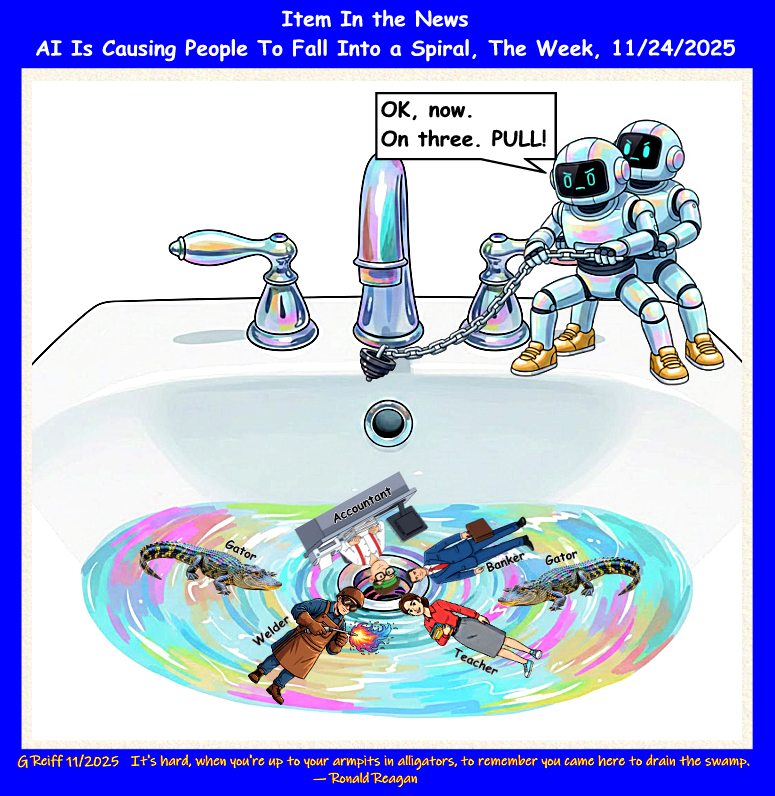
![]()

![]()

![]()
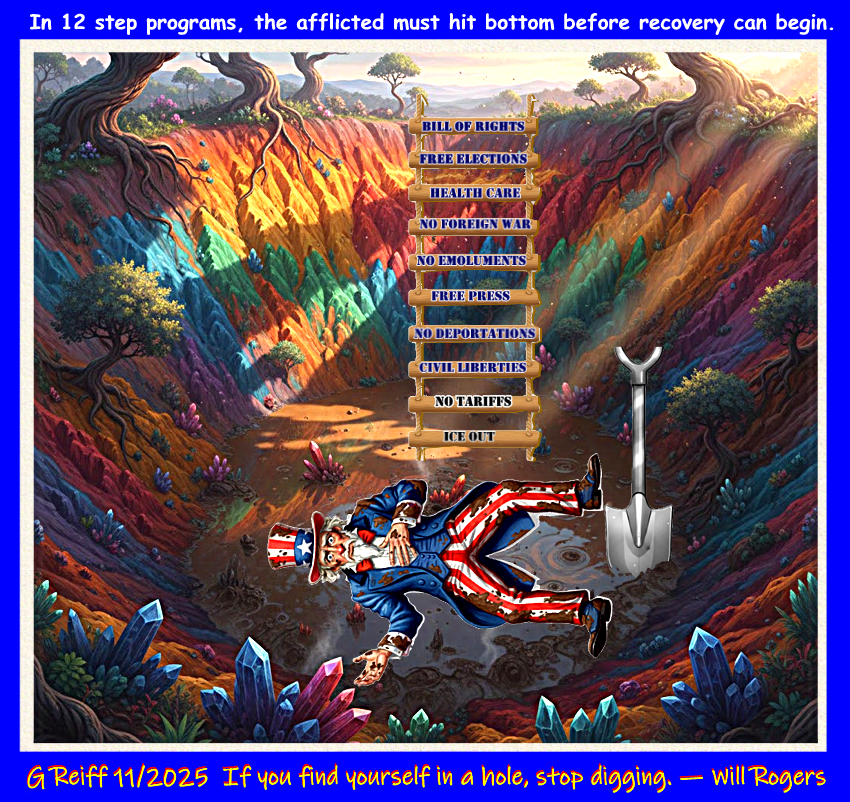
![]()
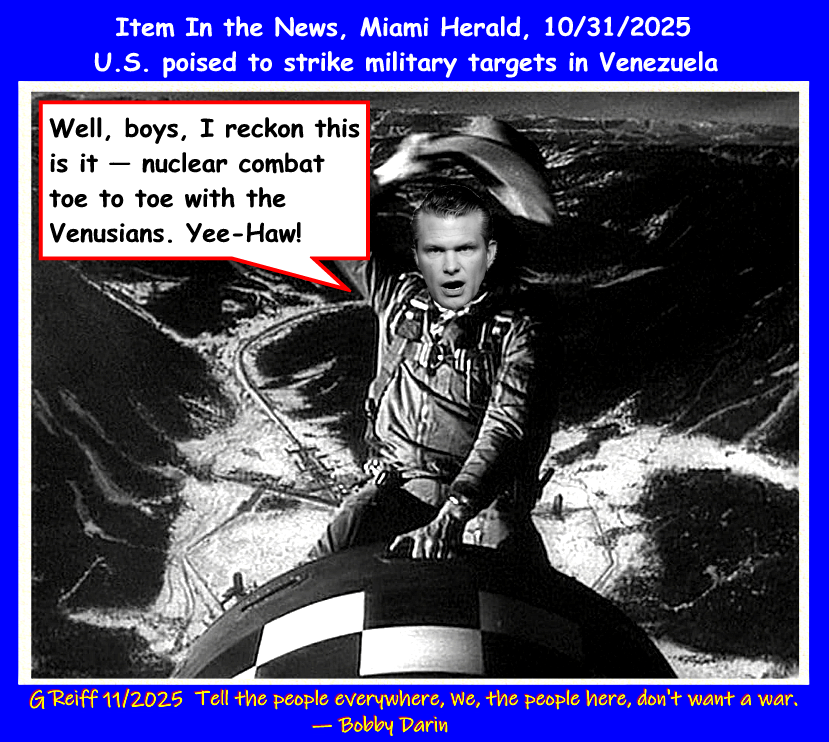
![]()
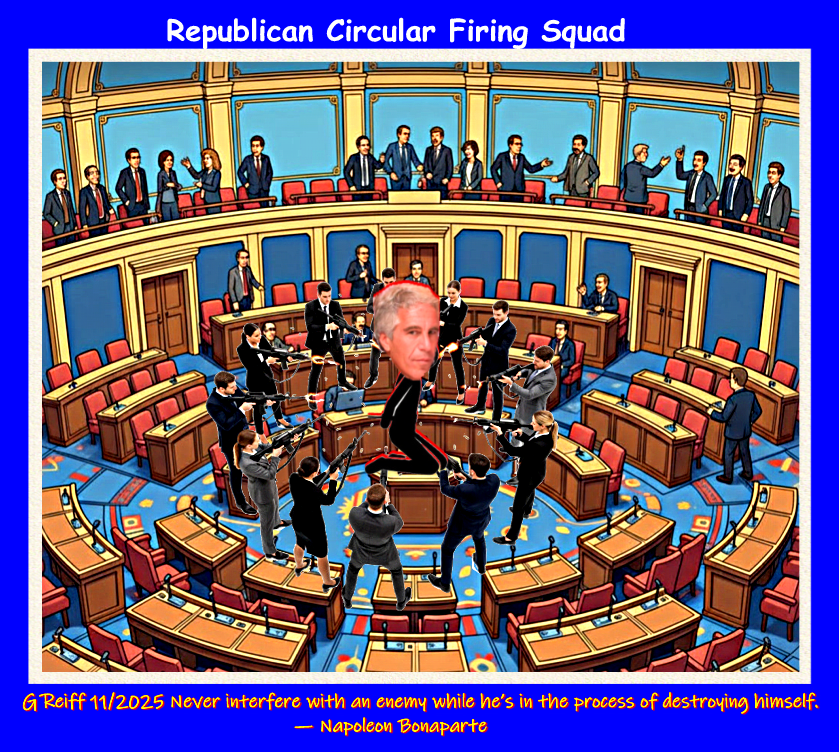
![]()
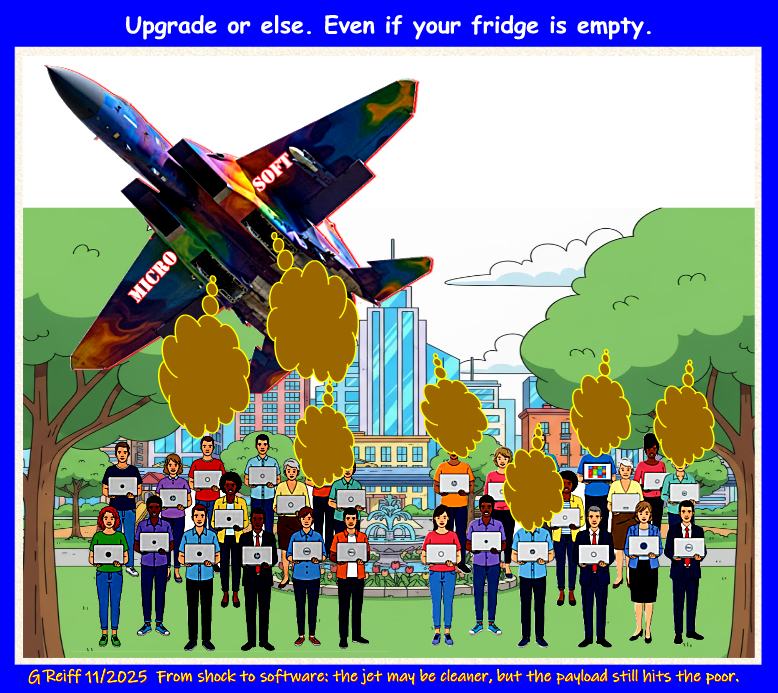
![]()
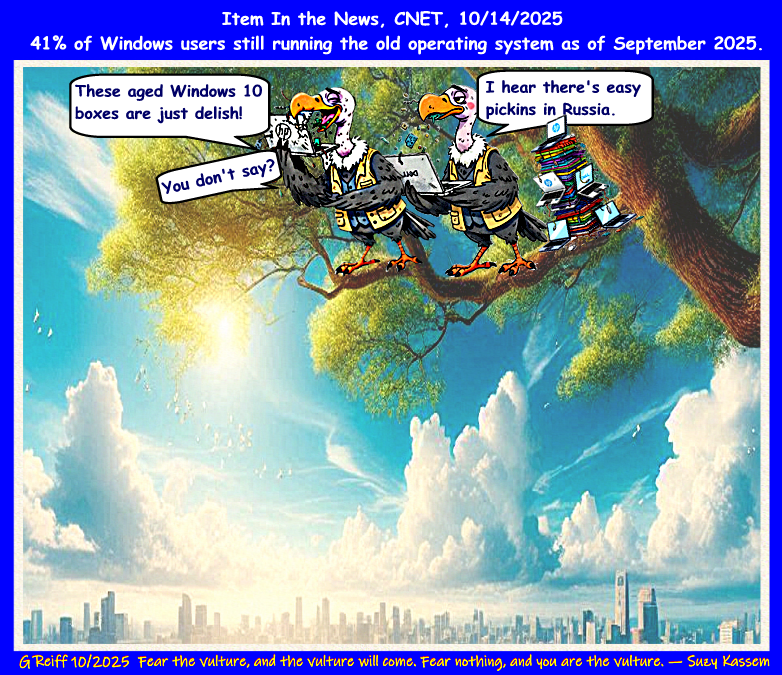
![]()
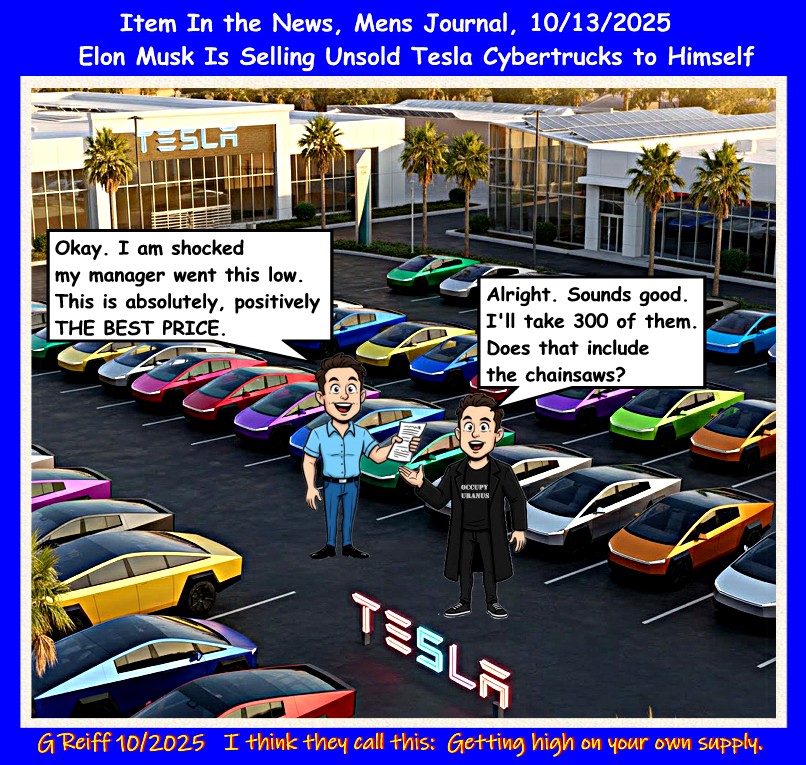
![]()

![]()
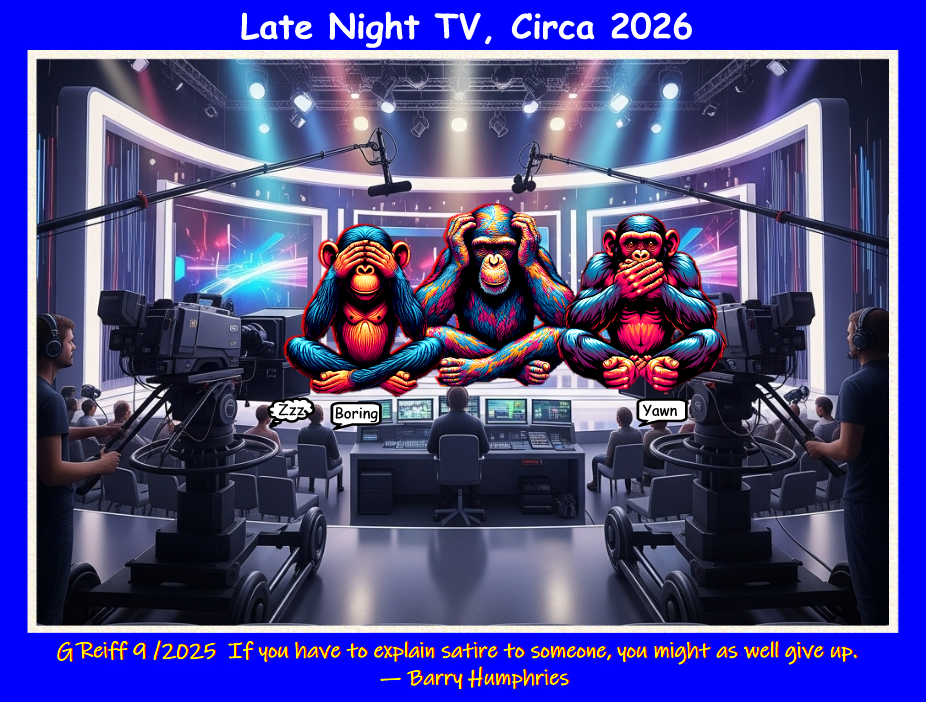
![]()

![]()
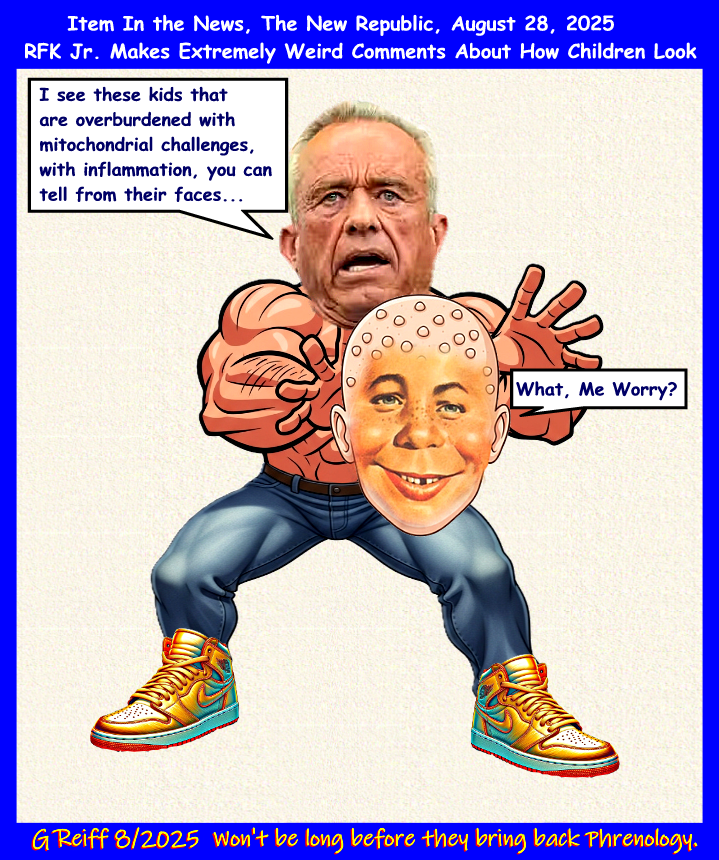
![]()

![]()

![]()

![]()
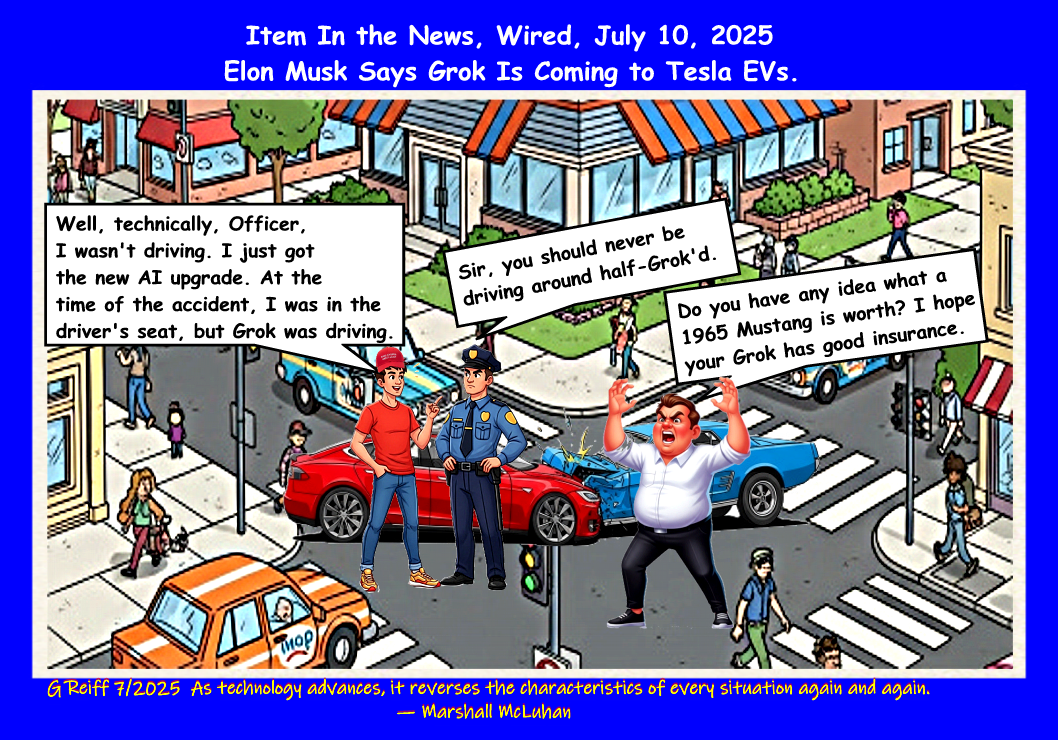
![]()

![]()

![]()

![]()

![]()

![]()

![]()

![]()

![]()
You might want to switch to full screen (F11)

![]()

![]()
![]()

![]()

![]()

![]()

![]()

![]()

![]()

![]()

![]()

![]()

![]()

![]()

![]()

![]()
First Image Created — Long Before AI (1999)
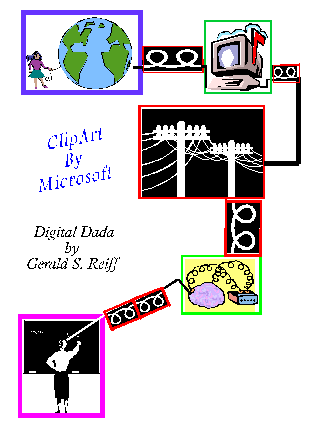
![]()
More Coming Soon To a Screen Near You
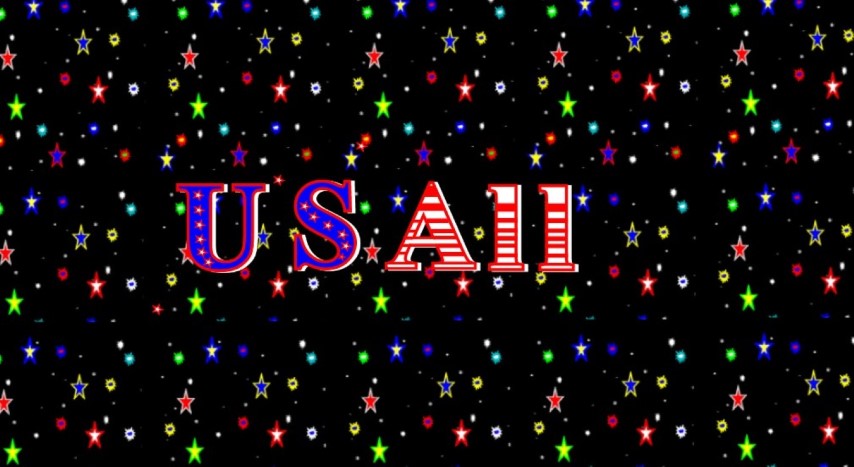
![]()

¯\_(ツ)_/¯
Gerald
Reiff